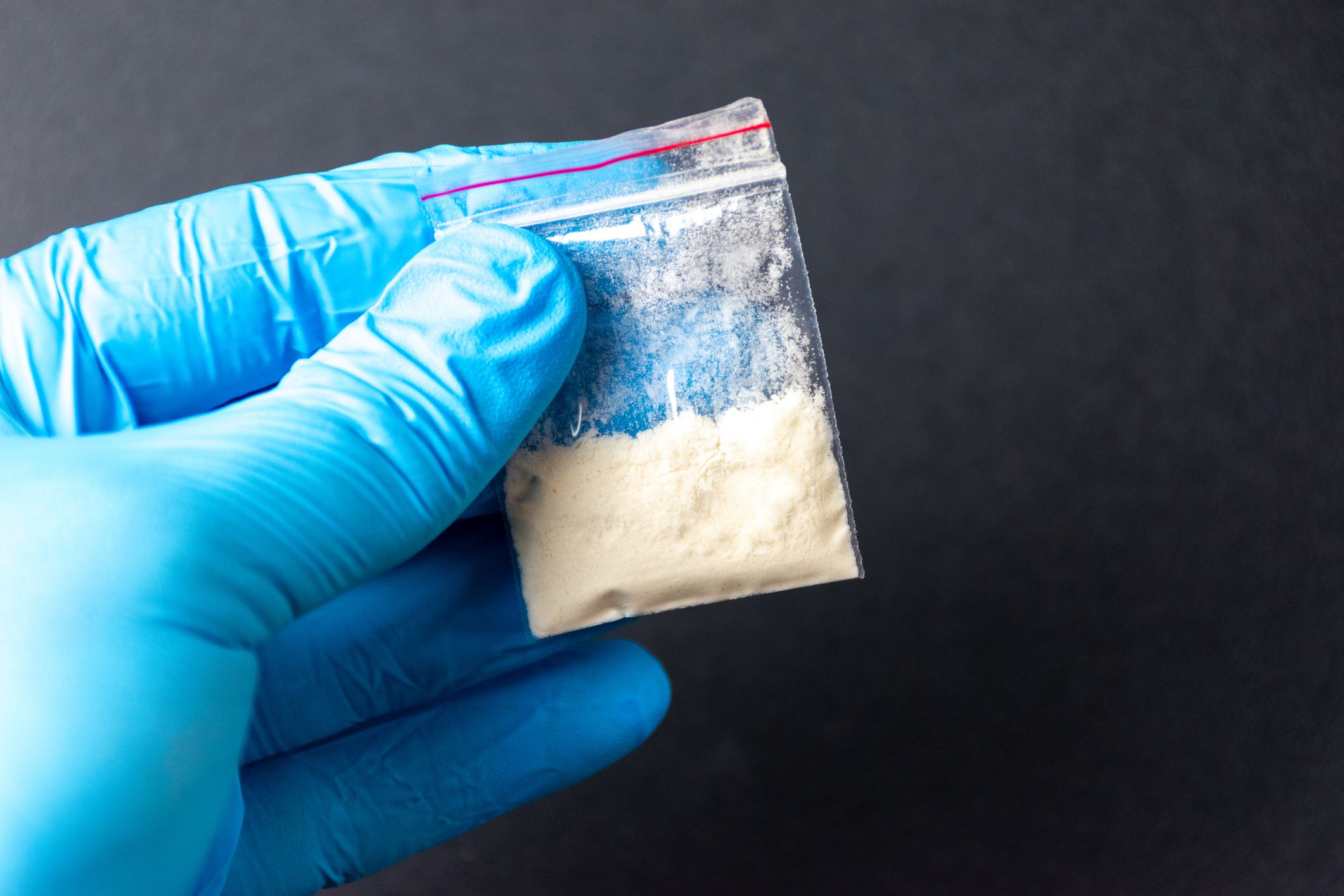US and European authorities are battling a new enemy in the war against opioids. Nitazenes are a class of synthetic drugs 40 times more potent than fentanyl that have caused hundreds of confirmed deaths across Europe and the US since appearing on the radar of law enforcement agencies in 2019. However, this figure is likely to be a significant undercount.
Nitazenes were first synthesized in the 1950s by CIBA Aktiengesellschaft, an Austrian chemical company, which created several chemically related molecules with different levels of pain-killing potency. However, their use as painkillers never took off. As well as being highly addictive, nitazenes can cause respiratory depression, a dangerous condition where breathing becomes too shallow to replenish oxygen in the blood. These drugs were therefore largely unheard of for decades until they appeared in the illegal market.
It’s difficult to say exactly when nitazenes started being commonly sold as street drugs—identifying them requires specific tests that are not routinely performed—but law enforcement agencies started noticing them about six years ago. A shipment of one type of these synthesized molecules—isotonitazene—was intercepted in the US Midwest in 2019, and deaths started being reported in both the US and Europe over the following years.
Drugmakers and dealers were likely attracted to nitazenes because of their potency and because they have similar effects to better-known drugs such as heroin. This makes them useful substances to dealers, as they can use them to cut other opioids to make their drugs go further, increasing the volume that they can sell. This poses serious risks to users, who are often unaware of what they are actually taking, raising the threat of overdosing.
The other attractive characteristic of nitazenes was that they had been forgotten about by authorities: A drug that has less attention on it, as well as an ill-defined legal status, is easier to trade. Illegal laboratories are believed to have begun synthesizing nitazenes using historical chemical formulas found in pharmacology textbooks as well as developing new formulas.
In the US, nitazenes are now widespread throughout most of the country and are manufactured in Mexico or within the country in illegal laboratories supplied with raw materials by Asian dealers. Synthetic opioids are the most problematic drug in the US—accounting for roughly 70 percent of the 105,000 overdose deaths recorded in 2023—and of these, fentanyl is the most prevalent. But nitazenes, while still a minority drug, are quickly becoming more common.
Europe, for its part, has always been a market dominated by heroin, with almost all of this coming from Afghanistan. However, when the Taliban regained power in Afghanistan in 2021, it banned cultivation of the opium poppy, and so cut off the source of the raw material used to create heroin destined for Europe. As stockpiles of opium run out, it is possible that there will be a shortage of heroin in the European market that synthetic opioids could fill.
The effects of nitazenes are those of all opioids: relaxation and a feeling of euphoria. Their side effects are also the same, including respiratory depression that can lead to death in the case of overdose. They are highly addictive, but otherwise have been little studied in humans, as they were quickly found to be very unpromising as medical drugs.
And that is precisely what makes them dangerous. As a drug class they have a high potency of action, but this varies greatly from substance to substance, and their pharmacokinetic characteristics—how they are absorbed and metabolized when taken—are still relatively mysterious, making it difficult to predict the body’s response to them.
As nitazene use becomes more common, there is a real risk that overdoses will continue to rise in the coming years, mirroring the rise of fentanyl deaths. Experts in recent months have called for greater efforts to monitor and combat the spread of nitazenes in Europe, while the drugs have also led to recent deaths in Australia.
This story originally appeared in WIRED Italia and has been translated from Italian.



